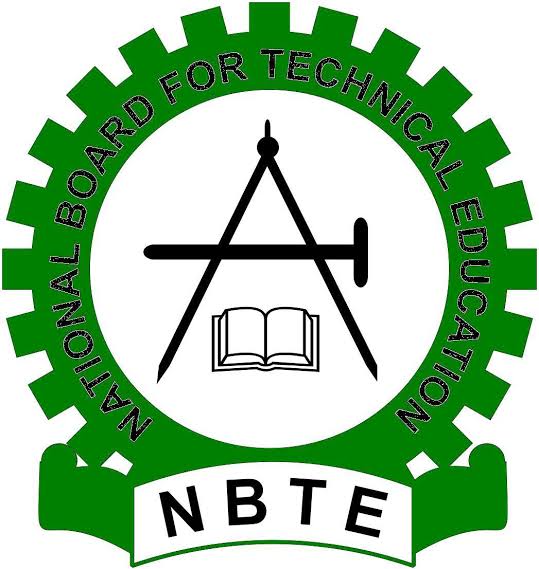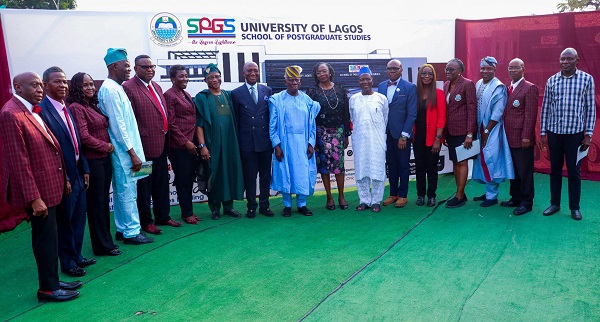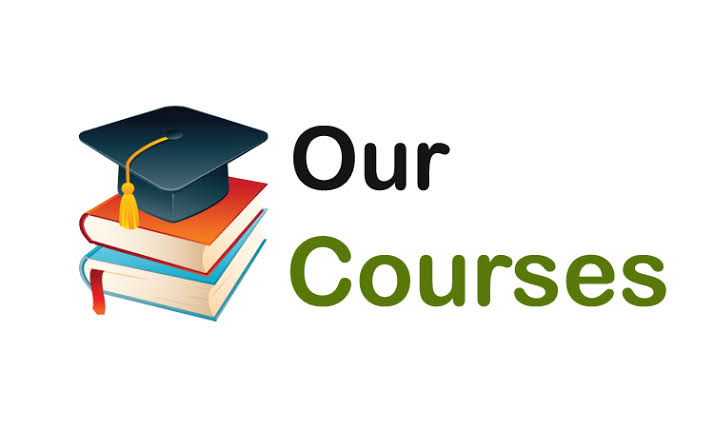Teachers play a pivotal role in shaping the minds and futures of their students. To create an optimal learning environment, effective classroom management is essential. In this article, we will explore the definitions of teachers and classroom management, and delve into strategies that empower educators to effectively manage their classes and maximise productivity.
Who is a Teacher?
Teachers are dedicated professionals who possess the power to inspire and educate. They are individuals with a passion for imparting knowledge, fostering growth, and guiding students on their educational journeys. Teachers not only deliver curriculum content but also serve as mentors, facilitators, and role models for their students. They create a nurturing and inclusive space where learning thrives.
What is Classroom Management?
Classroom management refers to the practices and strategies employed by teachers to establish a positive and productive learning environment. It encompasses a wide range of techniques aimed at creating an atmosphere that promotes engagement, cooperation, and academic growth. Effective classroom management involves setting clear expectations, implementing consistent routines, and addressing behavior in a proactive manner.
Strategies for Effective Classroom Management
1. Setting Clear Expectations: Teachers must communicate clear behavioral and academic expectations to students from the start. This ensures that everyone understands the standards and guidelines for the classroom environment. Clearly defined expectations help minimize disruptions and create a sense of structure and order.
2. Establishing Routines: Consistency is key in maintaining an organized and efficient classroom. Establishing routines for daily tasks such as attendance, transitioning between activities, and submitting assignments fosters a sense of familiarity and predictability. Routines help students stay focused and minimize time wasted on unnecessary transitions.
3.Building Positive Relationships: Teachers should strive to build positive relationships with their students. By showing genuine care, respect, and interest in their well-being, teachers create a supportive and inclusive environment. This fosters trust, enhances student engagement, and encourages a sense of belonging.
4.Differentiating Instruction: Students have diverse learning needs and abilities. Differentiating instruction involves tailoring teaching methods and materials to accommodate various learning styles, interests, and academic levels. This approach ensures that each student receives the necessary support and challenges to succeed.
5. Engaging Classroom Environment: An engaging classroom stimulates curiosity and promotes active participation. Incorporating interactive activities, group work, and hands-on experiences can enhance student engagement. By incorporating technology, multimedia, and real-world examples, teachers can make learning more relevant and exciting.
6. Effective Communication: Open and effective communication is vital for classroom management. Teachers should actively listen to students, provide clear instructions, and encourage students to voice their thoughts and concerns. Effective communication allows for timely feedback, helps resolve conflicts, and maintains a positive classroom atmosphere.
7.Behavior Management Strategies: When addressing disruptive behavior, teachers should adopt proactive strategies. Instead of solely focusing on punitive measures, educators can implement positive reinforcement, rewards systems, and restorative practices. These approaches promote self-discipline, responsibility, and empathy among students.
8.Professional Development: Teachers should embrace lifelong learning by seeking professional development opportunities. Attending workshops, conferences, and collaborating with peers allows educators to stay updated on the latest teaching methodologies, classroom management techniques, and educational research.
9.Effective classroom management is a cornerstone of successful teaching. By implementing strategies such as setting clear expectations, building positive relationships, and differentiating instruction, teachers can create an environment conducive to learning and growth.
Through effective classroom management, educators empower themselves to inspire, engage, and guide their students toward a bright future. Let us celebrate the dedication of teachers and their commitment to nurturing young minds.











